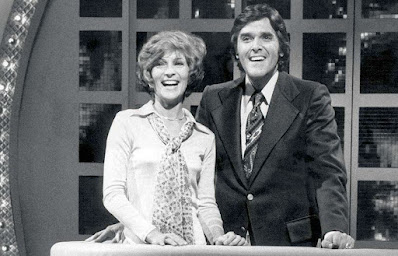*HIGHFALUTIN
It has been in the written language of America since 1839, so it was undoubtedly in wide use in much earlier common speech. Bartlett's Dictionary of Americanisms, 1877, quotes a speech delivered in 1848 by Leslie Coombs:
“I was at the Barnburner’s convention in Utica, and the first person I heard was a good-looking, fat, rosy-looking man, who got up and ground out what we term … a regular built fourth-of-July—star-spangled-banner—times-that-tried-men’s-souls—Jefferson speech, making gestures to suit the highfalutens.”
It boils down to someone suspected of being pretentious, pompous, or fancy. In other words, a select group of politicians serving way more than fifteen years. Or that guy, above.
*Inspired
by Charles Funk (1881–1957)







%20in%20Going%20My%20Way%20(1944).jpg)





